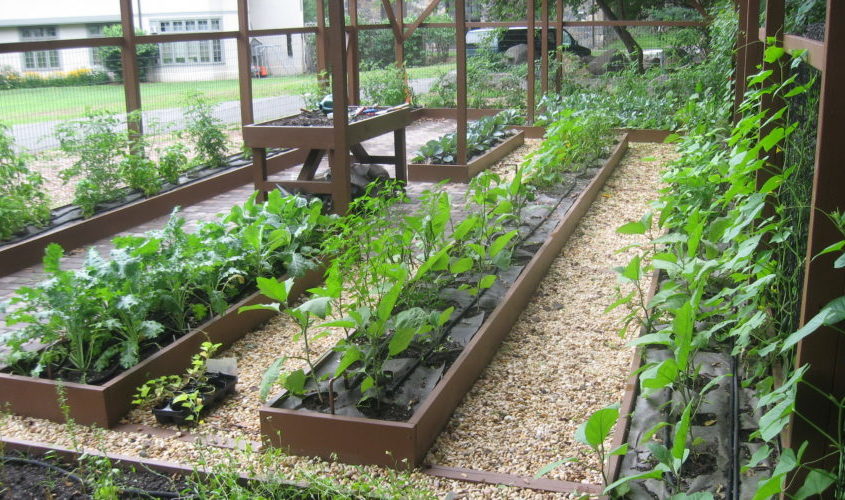More on gardening, yay! There are many ways you can irrigate a garden and it’s up to you to decide which is going to be best for your space and time.
I think that most importantly you have to strike a balance between too wet and too dry. Soil that is consistently wet is prone to diseased plants and rotting. Too dry and the seeds won’t root or will dry up and die.
I have friends that have succeeded at all of these methods, the thing is everyone is different and will have different needs. So pick one that is going to me best for your experience.
Furrows
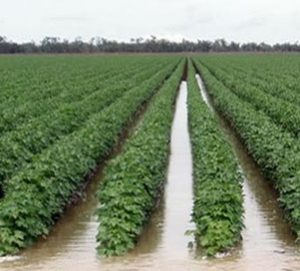
Essentially, furrows are shallow trenches between raised plant beds. This really is an old-school agriculture technique that has been used successfully for many, many years.
You’ll want to keep your beds about 1-3 ft apart (usually the farther apart they’re
the more water you use). The furrows will fill entirely with water. You need to wait in order for the water to soak in to the roots, then poke through the soil about 6 in. down to ensure the water has been absorbed.
Furrows work well but they’re not the most efficient. Why? Well, the start of a bed generally gets more water than to the end of a row. And water gets wasted through evaporation while
it’s sitting in the furrow. And you’re filling and spending lots of time walking around
furrows—moving your hose around the plants and such.
Basins
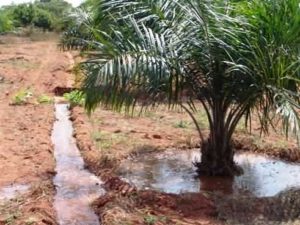
A lot like furrows but you create a circle around the plant (usually larger, single plants like tomatoes or squash) and fill it with water.
The basin should be 2 feet in diameter around the plant. The same kind of efficacy problems are with basins as with furrows.
Hose
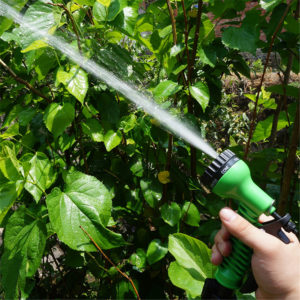
Clearly, you can haul your hose and water plants one by one. I’d only do this method if you only have a few plants to water or a small garden. Then it can be really efficient.
My buddy, Ashley, says she leaves the hose trickling at the base of her plants until it is soaked 6 in. deep.
Sprinklers
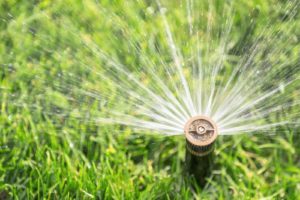
Sprinklers can be pleasant and quite efficient. They’re particularly successful in sandy ground that consumes water efficiently. Additionally, it may be a big time-saver for those who have a good deal to water.
If your soil has a hard time absorbing water or is on a slope then this method may end up wasting more water than using it. But it can be powerful in a combo with another method sometimes.
Some individuals prefer to install sprinkler systems to water their plants as they come on at timed intervals and don’t take a lot of work. It’s great if you don’t have time to water. But you are losing some water to evaporation as it soaks the plants leaves. And it also means you’re not watching your plants as closely as you would be otherwise.
So if you go this route, just remember to keep an eye on plants and make sure they’re all getting enough water.
Drip Irrigation
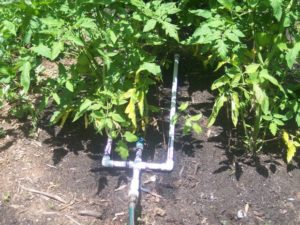
Drill holes in plastic pipes (quite affordable) that all link with each other to be able to set up a
drip irrigation system. Join the pipes to a water supply (normally a faucet using a hose) with a
pressure regulator. Line up the pipes with the plants so the water drips to your plant’s roots.
This really is a good means to water for those who don’t have a lot of time and lots of land.
Soaker-Hose Irrigation
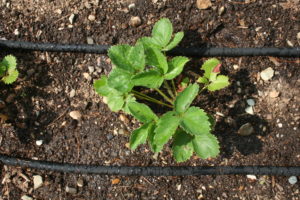
This happens to be the system I use. It’s functioned nicely for my midrange garden.
You use miniature holes that are puncture into a hose and snake the hose through the rows or around your plants. This applies the water to the roots of the plants, which makes it more
efficient and reduces evaporation.
I favor the soaker-hose irrigation system to the drip irrigation for the reason that it takes less time, it has less parts, and it’s more budget friendly.
